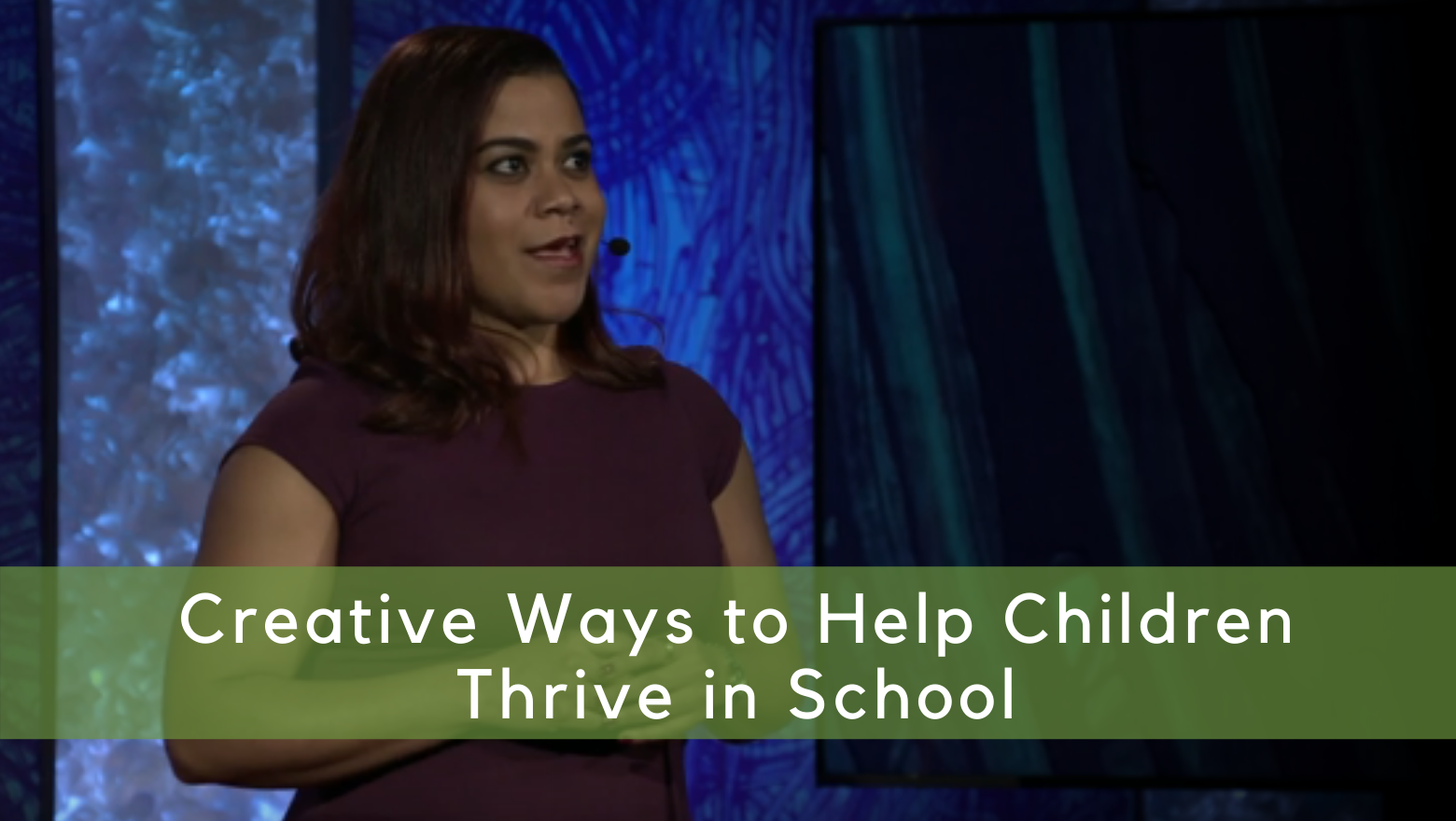Olympia Della Flora, principal at a primary school in Ohio, has a unique approach teaching – one that is specifically aimed at learners who find it hard adapting to the ‘traditional schooling environment’.
In this video, Della Flora sheds some light on how to cater to learners who haven’t figured out how to manage their emotional instability and still perform academically.
“It’s time to take the social and emotional development of our kids seriously.”
This primary school principal has proven that, by focusing equally on a child’s emotional maturity, academic growth is naturally improved. With new measures put in place, their performance level moved up from a low F to a C.
So, what tactics can we apply to our teaching style?
The emphasis lies on creating a space where learners can easily transition from an unstructured home environment to regulated school conditions. Della Flora shows us that you don’t need “bigger budgets, or grand strategic plans”. Instead, we need to come up with smarter ways of thinking about what we already have.
Examples of healthy coping strategies:
- Incorporate breaks during lessons to give their brains a chance to re-energize
- Sing songs
- Stretch
- Do structured physical activities
- Have flexible seating available for those who struggle to sit for long periods of time
- Rocking chairs
- Exercise bikes
- Floor elliptical machines
- Include a ‘calming area’ in your classroom to allow learners to refocus
- Flexible chairs
- Pillows
- Books
It’s clear that taking emotional and social tools just as seriously as academic tools, is necessary when creating a productive learning environment. Excluding a learner because of bad behaviour seems like it would be the easiest way of avoiding classroom disruption, but this has only proven to stunt a child’s opportunity for growth.
Our goal should be to create a happy and safe place for learners, and their teachers, to thrive. Investing in our learner’s lives in small ways now, can make a great difference in the long-run.



